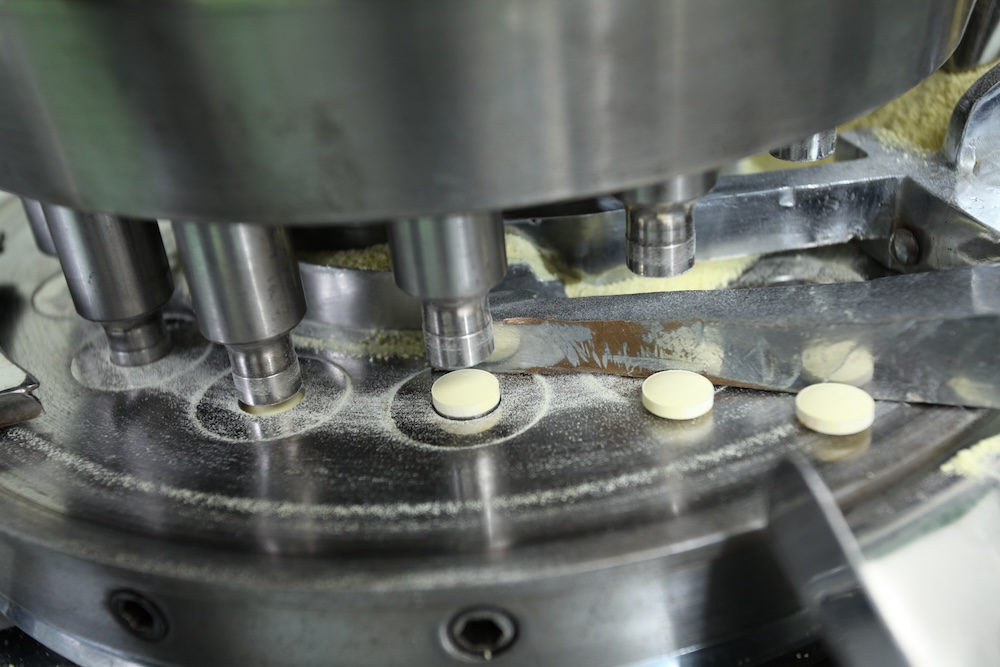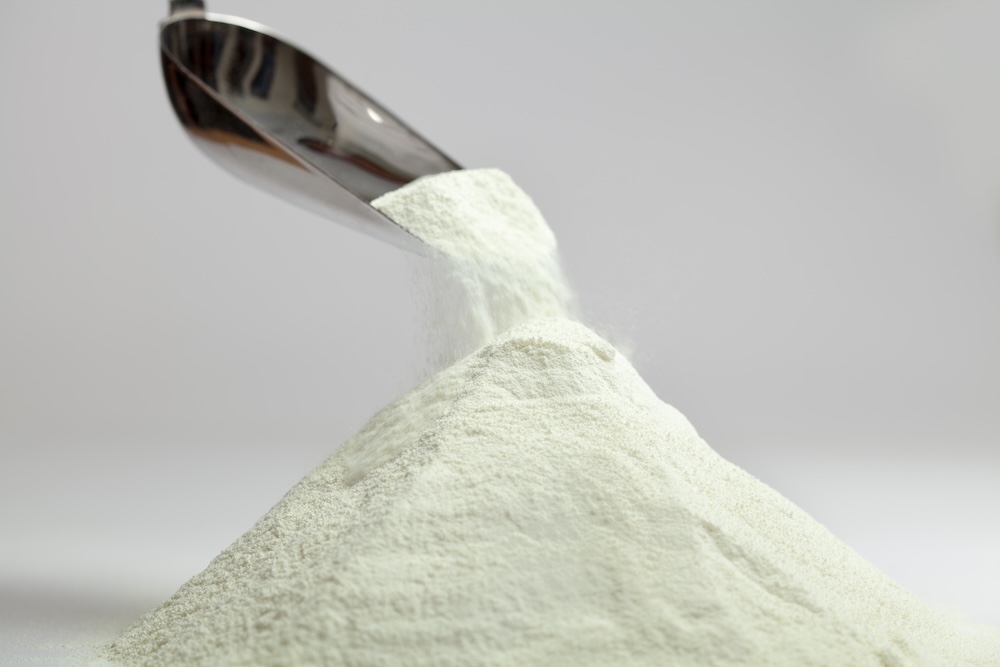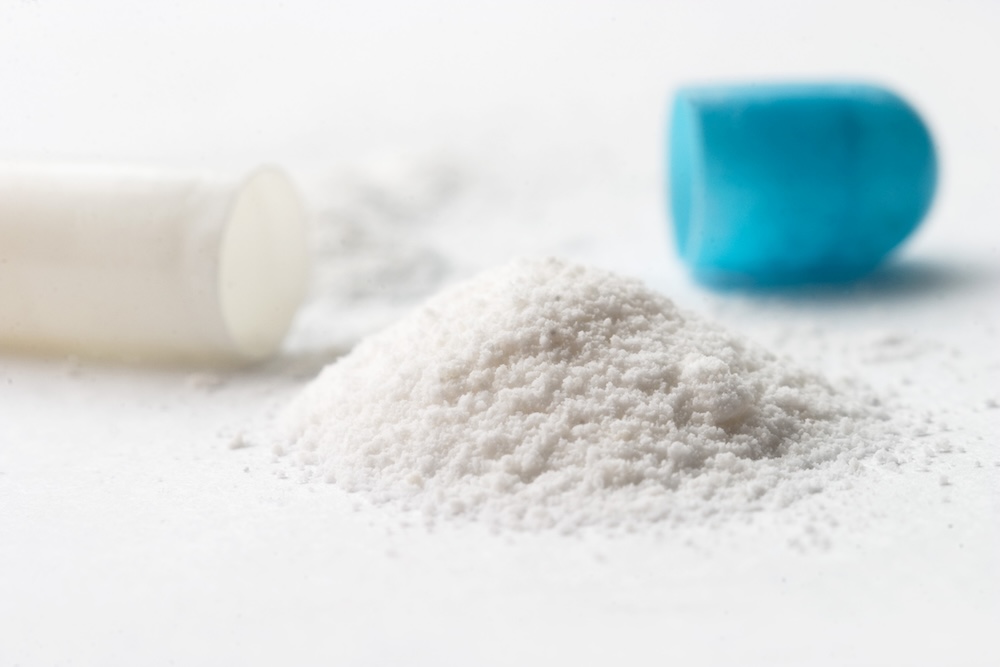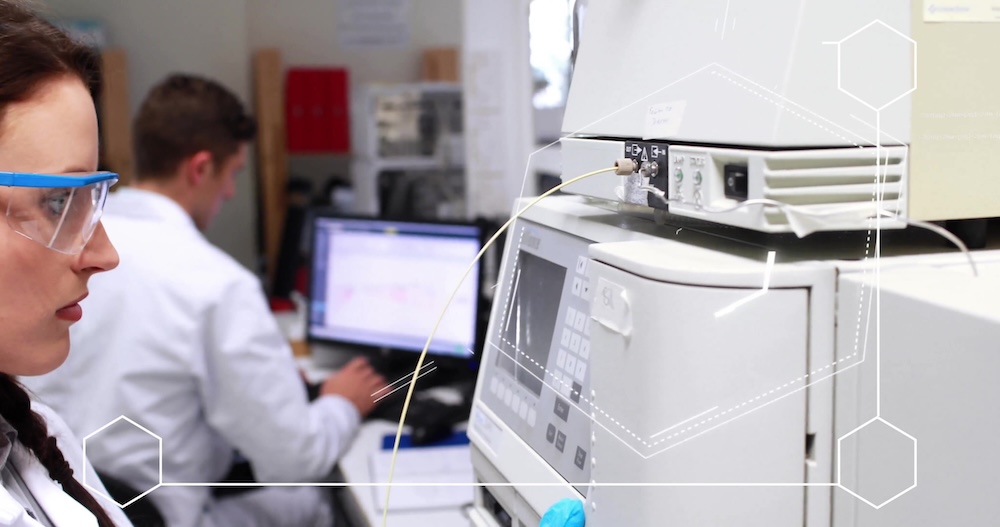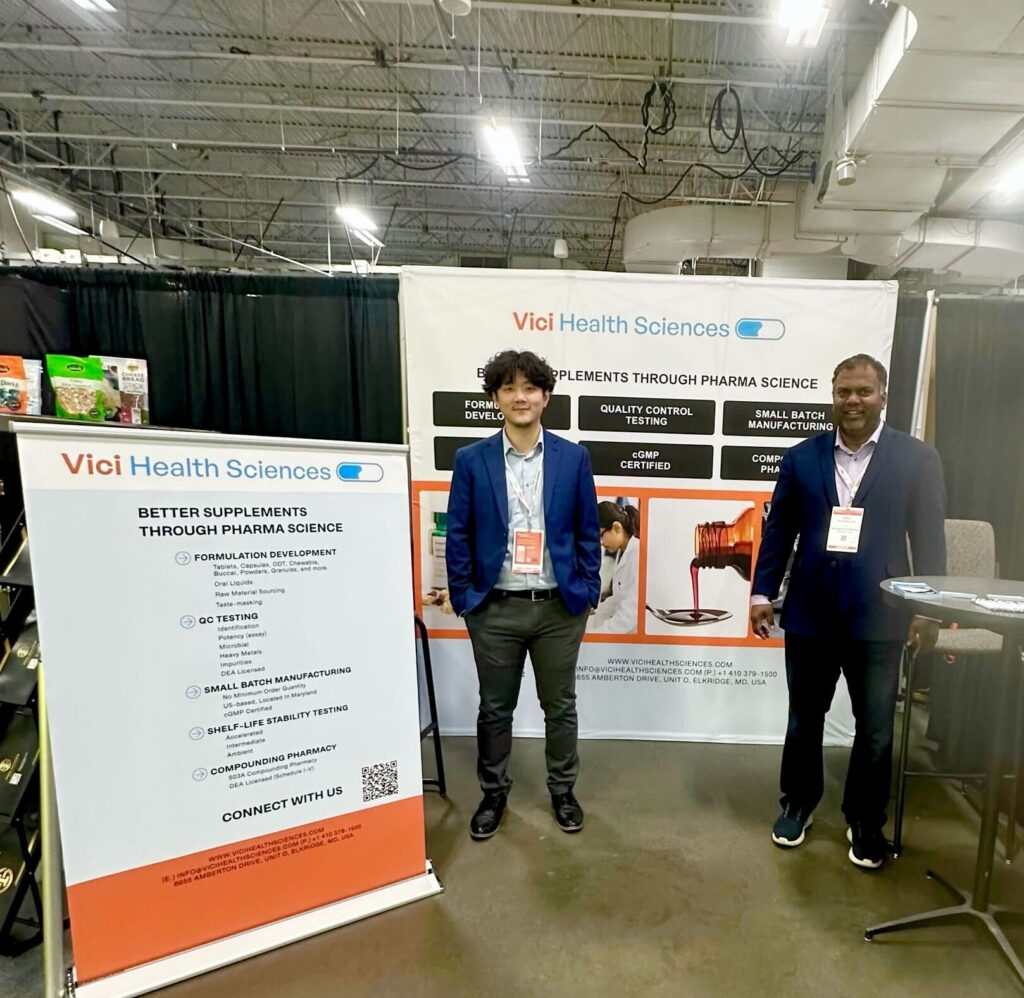Suppositories are solid forms of medicine that are designed to be inserted into bodily openings like the rectum, vagina, or urethra. Once inside the body, they melt or dissolve to release the active ingredients for absorption.
When it comes to creating the perfect suppository, it isn’t just about mixing ingredients together; it’s also about achieving the perfect equilibrium between effectiveness, comfort, and stability so you can deliver real results for patients.
These solid dosage forms are useful for infants, older adults, and unconscious patients. They are also beneficial for those who struggle to swallow pills because of severe nausea or other conditions that make oral administration of medicine more difficult.
Types of Suppository Bases
Suppository formulation development involves selecting suitable ingredients as the base for the suppository and making sure the drug is compatible with it. The goal is to ensure that the suppository delivers the medication effectively while remaining stable and easy to use.
Choosing the right suppository bases is important when it comes to formulation development. This is because the base affects how the drug is released, how well it lasts, and how comfortable it is for patients. Common bases include:
Fatty Bases
Fatty bases, like cocoa butter and its derivatives, naturally melt at body temperature, making them well-suited for rectal administration. However, their low melting point means they need to be stored at room temperature to prevent damage.
If cocoa butter is overheated during preparation, it can melt at temperatures as low as 25° to 30°C (77° to 86°F). This can make the finished suppository unusable as it would melt at room temperature.
Water-Soluble Bases
Water-soluble bases, like glycerinated gelatin and polyethylene glycol (PEG), are generally more stable at room temperature. This makes them suitable for formulations that are meant to last longer. Rather than melting at certain temperatures, water-soluble bases dissolve in body fluids. Because of this, they are usually better at retaining the drug and delivering it effectively, especially in vaginal suppositories.
However, there is research that suggests they may cause irritation or a drying sensation in sensitive tissues because of the osmotic effects. This means they can draw moisture out of the tissues and is especially true if the suppository is used repeatedly.
PEG-Based (Polyethylene Glycols) Suppositories
PEG is common in many formulations, and PEG-based suppositories are notable for their flexibility. Manufacturers can mix different types of PEG to change the melting point and how quickly the suppository dissolves. This flexibility helps the body absorb the drug more effectively.
However, research shows that PEG may likely interact with some active ingredients. If this happens, it can affect how stable the drug remains over time.
How to Choose the Right Suppository Base
Small pharma companies should keep these factors in mind when choosing a base for their suppository products:
- Make sure the base does not degrade the medication or interact negatively with the active ingredients.
- Fatty bases release drugs quickly because they melt at body temperature, while water-soluble bases help the body absorb the drug more effectively.
- If the suppository needs to stay stable at room temperature, a PEG-based formulation is a good choice.
Key Considerations in Formulation Development
Beyond choosing the right base for formulation, pharmaceutical companies need to consider other important factors like drug solubility—how well the drug dissolves in liquid. The base can directly affect drug solubility, which in turn impacts how the drug is absorbed by the body.
Stability and shelf life are also very important. Some bases may need analytical testing to confirm that they can stay effective over time. Additionally, the release rate of the drug also matters a lot. This typically depends on the melting point of the base, which determines how quickly the drug is released after it is inserted into the body.
Pharmaceutical companies should also consider patient needs by making sure their formulations are gentle on tissues and reduce side effects. This can help patient stick to their treatment.
Regulatory and Quality Control Aspects
Like any medication, suppositories need to meet strict regulations to ensure they’re safe and effective. That means running stability studies to see how ingredients hold up over time, developing solid quality control methods, and following the tough 505(b)(2) approval process for new formulations.
For many small pharma companies, tackling all of this alone isn’t realistic. That’s where a trusted CDMO like Vici Health Sciences can help—making production smoother and ensuring every product meets FDA standards.
Optimize and Advance Your Suppository Formulation With Vici Health Sciences
For small pharma companies, mastering suppository formulation development allows them to expand product lines and meet the needs of specific patients. Successful suppository formulation development requires expertise in analytical testing and regulatory compliance, among other services. Vici Health Sciences offers expertise in these areas and more. We help small pharma companies address regulatory challenges and guarantee compliance with all FDA standards.
Our team can assist you with creating innovative dosage forms that improve bioavailability and reduce side effects. It doesn’t matter if you are looking to develop a new product, or you want to prepare your suppositories more efficiently; we have the expertise needed to guide you through the entire process.
Contact us today to discuss how we can support your suppository manufacturing needs.



